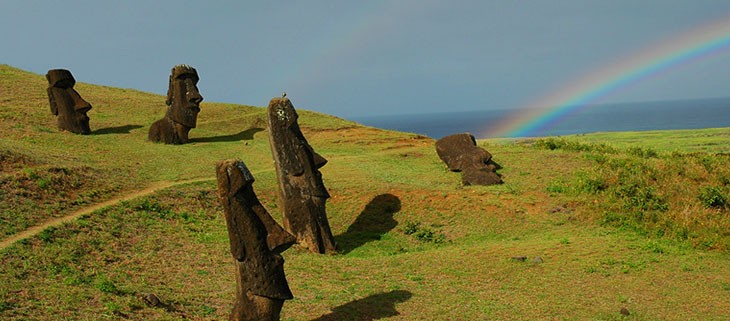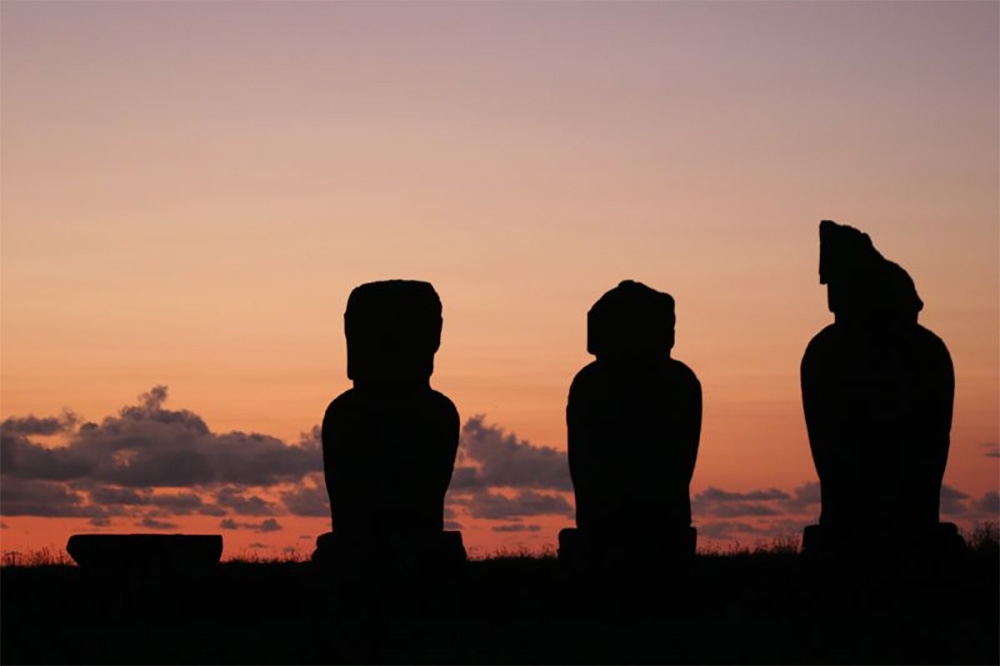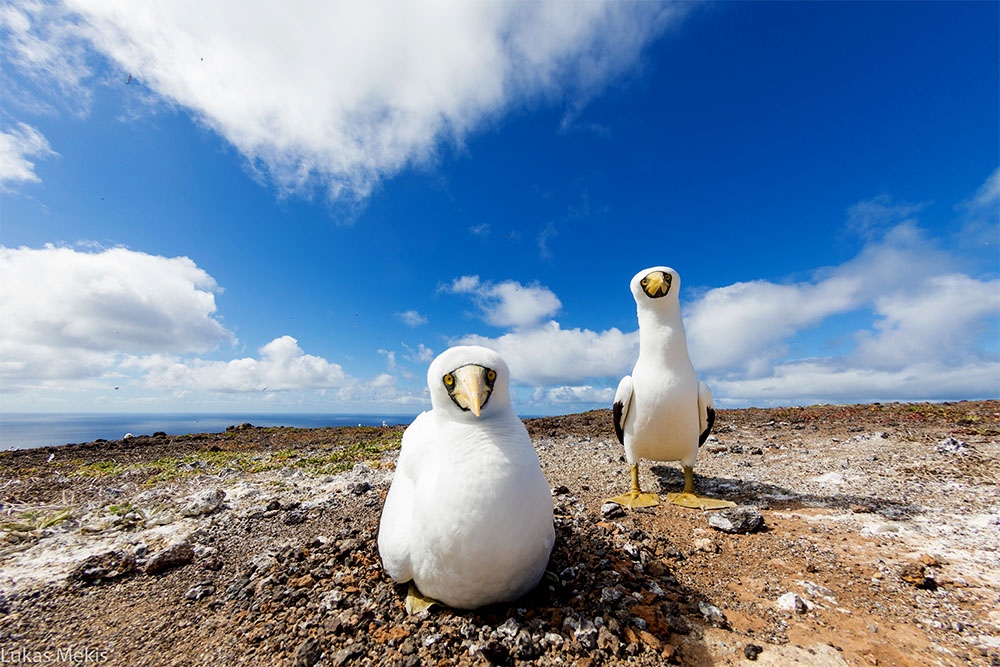December 4, 2024
The Ebiil Society: Champions of Palau
Ann Singeo, founder of our partner organization the Ebiil Society, shares her vision for a thriving Palau and a flourishing world of indigenous science!
We use cookies to help you navigate efficiently and perform certain functions. You will find detailed information about all cookies under each consent category below.
The cookies that are categorized as "Necessary" are stored on your browser as they are essential for enabling the basic functionalities of the site. ...
Necessary cookies are required to enable the basic features of this site, such as providing secure log-in or adjusting your consent preferences. These cookies do not store any personally identifiable data.
Functional cookies help perform certain functionalities like sharing the content of the website on social media platforms, collecting feedback, and other third-party features.
Analytical cookies are used to understand how visitors interact with the website. These cookies help provide information on metrics such as the number of visitors, bounce rate, traffic source, etc.
Performance cookies are used to understand and analyze the key performance indexes of the website which helps in delivering a better user experience for the visitors.
Advertisement cookies are used to provide visitors with customized advertisements based on the pages you visited previously and to analyze the effectiveness of the ad campaigns.
Looking to make an impact this Earth Month? Here’s how.

The tale of Easter Island has often been touted as a cautionary one, but it may not have happened quite as we thought. Anthropologists have often suggested that after being settled around 1200 A.D., the human population on the island proliferated until it reached a point where it could no longer sustain life. Slash and burn approaches to agriculture cleared forests into open spaces and within a few generations, the number of trees on the island hovered close to zero. This ravaging of resources is often referred to as ecocide. However, this analysis ignores a vital piece of information—the presence of invasive rats on Easter Island.

Consider an alternative story—one where invasive rats, specifically polynesian rats (Rattus exulans), overtook Easter Island, consuming the once bountiful palm roots and everything in sight, leaving in their wake a barren landscape. That is what anthropologists Terry Hunt and Carl Lipo, from the University of Hawaii think actually happened. Modern paleobotanists have found no evidence that the first Polynesian settlers were setting fire to the native vegetation at all. It is far more likely invasive rats hitched a ride to the island alongside early settlers. After all, with a plentiful food source and lack of predators, one singular breeding pair of invasive rats could grow to a population of millions within a fairly short period of time. In lab settings, polynesian rat populations have been shown to double every 47 days.

Experts consider this a brilliant showcase of human resiliency amidst rapid ecological change. As native plants, land, and seabirds disappeared, settlers on Easter Island altered their diet to adjust to the changes. archaeologists noted that amongst the heaps of garbage found on Easter Island, there was an inordinate amount of rat bones; suggesting they had been utilizing the invasive rats as a meat substitute. In another example of their adaptability, the settlers also broke apart stones and spread them into open fields across the island. When the wind picked up, it released the nutrient-rich mineral content of the stones, transferring this nutrition to the soil. Thanks to these rock “gardens,” J.B. MacKinnon says in his book, The Once and Future World, they were able to produce enough food:
…to sustain a population density similar to places like Oklahoma, Colorado, Sweden and New Zealand today.”
This story is not unique. Invasive rats and other introduced species continue to ravage ecosystems all over the world. Humans have the ability to adapt to these environments, but for native flora and fauna, it is much more challenging. This is why restoration work to mitigate the impacts of these invasive species and restore island wildlife is so integral to global biodiversity conservation.
Source: NPR
Featured Photo: The Moai statue quarry on Rano Raraku in Easter Island. Credit: american_rugbier
Check out other journal entries we think you might be interested in.
Notifications